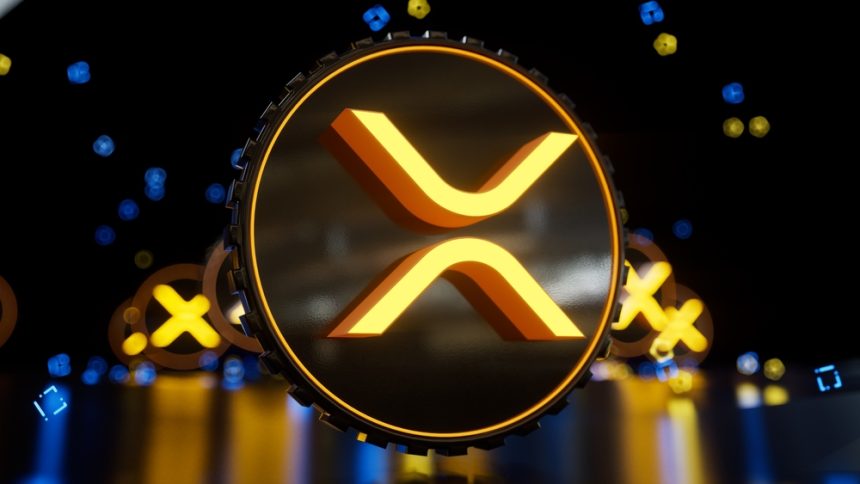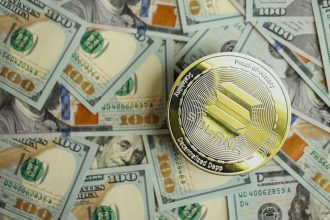The crypto market is moving in a fascinating direction and we are witnessing it nearly instantaneously. XRP and Solana ETFs emerged as the stars of the new show, while Bitcoin and Ethereum leak billions of dollars in outflows. The ETF inflow data tells a pretty clear tale; instead of focusing on BTC and ETH dominance, investors appear to be looking for new opportunities. Solana, which debuted its spot ETFs in October, has already received some $382 million in inflows from funds operated by Grayscale, Bitwise, and VanEck. These products now have greater than $541 million in assets, demonstrating to us that institutions aren’t just watching and paying attention, but are also buying into Solana’s expanding ecosystem. XRP, meanwhile, astonished everyone with one of the loudest ETF debuts of the year. Canary Capital’s new spot XRP ETF logged around $250 million in its first day, totaling almost $60 million in trading volume. XRP was actually recorded with the highest day-one volume of more than 900 ETF launches so far this year, according to ETF analyst Nate Geraci, leaving an impression on not only crypto, but across the broader ETF market.
Bitcoin and Ethereum are experiencing quite another story while XRP and Solana experience the boost in attention. Spot Bitcoin ETFs in the U.S. reported a further $3 billion in outflows in a three-week period through November 14. Then, week after week, major pieces of capital poured out $798 million late October, $1.2 billion a week following, and another $1.1 billion afterward. Ethereum ETFs took the similar path, dropping about $15 million in inflows and then sharply turning red, and they saw over $1.2 billion pulled out. Bitcoin and Ethereum ETFs together have lost about $4.2 billion throughout the time period under which XRP and Solana ETFs were rising.
Not even the most dominant players are immune to this. Bitcoin and Ethereum funds of BlackRock’s IBIT and ETHA led to nearly half of all ETF redemptions, losing about $2 billion combined. ETHA, for example, pulled away over $421 million in a week, the largest ever outflow since it was launched. Analysts have a feeling that a heavy amount of that selling was triggered by macroeconomic uncertainty and the cautious behavior of large crypto “whales,” who act aggressively to rebalance when the outlook seems vague, such as the one by James Butterfill of CoinShares. But it is also worth noting that this doesn’t imply that Bitcoin and Ethereum are losing their long-term leadership. Despite the outflows, institutional ownership of products like IBIT is still on the up, including allocations from sovereign wealth groups and major funds in the UAE. The recent sell-off more or less looks like a sentiment reset, not a loss of interest.
So why are investors so hyped for XRP and Solana now? The answer seems to be in both narrative and opportunity. Solana provides a fast and high-throughput network, and seems tailored to be the ready-made platform for further consumer scale crypto apps, while XRP represents a refresh of a payments-oriented business model that traditional investors understand. And as soon as these tokens are given ETF wrappers, institutions that couldn’t or wouldn’t hold native tokens can finally buy them in a compliant, regulated way. And that alone paves the way to new capital. Then you throw in the sense of “being early” to something not yet saturated like Bitcoin, and you have the perfect environment for the kinds of strong inflows we’re looking for.
Whether this turn is temporary or the beginning of something larger will depend on the direction in which macro conditions change and whether Bitcoin and Ethereum regain momentum. But you can tell that crypto ETFs can’t be a one-asset story anymore. Money is moving, narratives are changing, and investors are exploring new corners of the market. That puts ETF rotation in one of the leading signals to pay attention to. As on-chain data allows us to measure real user activity, ETF flows are now a dashboard for institutional sentiment. With over $4 billion left behind in Bitcoin and Ethereum ETFs and hundreds of millions pouring into Solana and XRP funds, the message is clear: the spotlight appears to be widening, and the competition for investor attention is heating up.
Thoughts,The emergence of XRP and Solana ETFs amid heavy outflows of Bitcoin and Ethereum points to an increased readiness on the part of investors to diversify beyond the longstanding stalwarts. Those altcoin ETFs drew huge inflows because they share a new story about the new currencies, they generated robust early growth, and they are easier to be accessed by institutions using regulated products. At the same time, BTC and ETH’s recent redemptions seem linked to macro uncertainty rather than genuine disbelief. As ETF data has emerged as one of the most direct lenses into market sentiment, this rotation serves as a reminder that crypto’s center of gravity can ebb and flow quickly — and that the next wave of growth may not emerge from the very places most people expect it to.
FAQs, Why are XRP and Solana ETFs bringing so much capital?
The new narratives and expectations of strong performance and easy institutional access, with regulated ETF structures, make it enticing at a time of macro uncertainty.
Does this imply both Bitcoin and Ethereum are becoming less relevant?
No. Even BTC and ETH continue to dominate long-term institutional exposure. The outflows seem to be temporary rotation and not long-term abandonment.
How much has BTC and ETH ETFs lost lately?
Three-week cumulative outflows of approximately $4.2 billion were reflected in considerable repositioning among large investors.
What defined the new XRP ETF launch?
It recorded the highest day-one trading volume out of over 900 ETF launches in the year, with $250 million in inflows and strong demand on the first day.
Do these ETF flows matter for forecasting future trends?
Yes. ETF flows now provide one of the clearest signs of institutional sentiment and can serve as early signals of changing market leadership and investment focus.





















